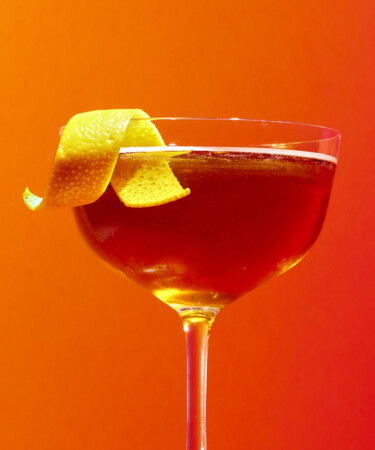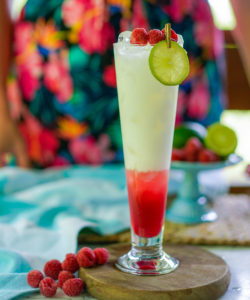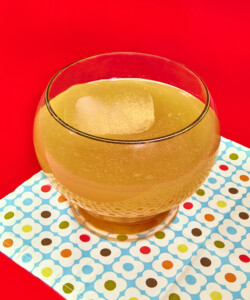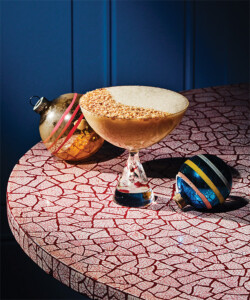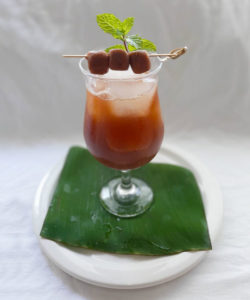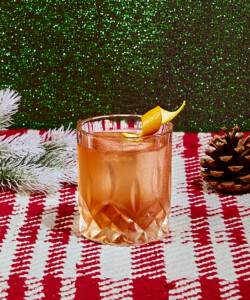The Story Behind The Palmetto
The modern cocktail renaissance saw countless Manhattan riffs. There’s the Greenpoint, the Little Italy, the Red Hook, and several others that all add a little something — usually a liqueur — to the rye-based classic. But long before then, when bar culture was dominated by three-ingredient cocktails, a rather bold Prohibition-era Manhattan riff emerged from the fray: It was called the Palmetto, an equal parts drink of rum and sweet vermouth with a dash of orange bitters.
Palmetto is a term for a genus of low-growing, fan-leaved palms — and presumably a nod to the drink’s base spirit. It’s not entirely clear who whipped up the first Palmetto cocktail, but it made its print debut in London-based bartender Harry Craddock’s famous “The Savoy Cocktail Book” of 1930. After Ada “Coley” Coleman concluded her tenure, Craddock stepped into the role as head bartender of The Savoy Hotel’s American Bar, eventually going on to co-found the United Kingdom Bartenders’ Guild. In his book, Craddock cataloged many classic cocktail recipes, including the Palmetto, that otherwise would have likely gotten lost or forgotten over time.
Craddock’s Palmetto spec is pretty straightforward: one part St. Croix rum, one part Italian vermouth, and a dash of orange bitters. Unfortunately for us, St. Croix rum — a.k.a. Santa Cruz rum — no longer exists. Sure, there’s Cruzan Rum, but at the time, St. Croix was a brand produced at the Cruzan Distillery. Now, the distillery is owned by Beam-Suntory and the St. Croix brand is no more. But what was it that made St. Croix rum unique? Some attribute its quality to being made from pre-industrial sugar cane, while others have claimed that the distillers were using a specific technique that never got taught to the next generation of rum producers.
Whatever the missing link to St. Croix rum, its profile has been described by drinks historian David Wondrich as “a little lighter and less funky than Jamaican rum,” which tends to be high in esters.
That said, by most accounts from those who have tried it, it would seem that St. Croix rum strikes a happy medium between light-bodied Cuban rum, grassy rhum agricole, and Jamaican rum. Wondrich has even proposed the following DIY blend to recreate the St. Croix rum profile: 1 part Smith & Cross Jamaican rum, 2 parts lightly aged rhum agricole, and 3–4 parts young Cuban-style rum.
Craddock, a.k.a. “the dean of cocktail shakers,” calls for the drink to be shaken — an unorthodox choice considering the ingredients. For the recipe below, we opted to stir to preserve the drink’s mouthfeel and weight. When it comes to the type of rum employed, unless one wants to concoct Wondrich’s blend, it’s sort of a preference-based free-for-all. At the VinePair HQ, we tasted through a few different versions of the Palmetto and found that Appleton Estate Signature Single Estate Jamaican rum works quite nicely.
